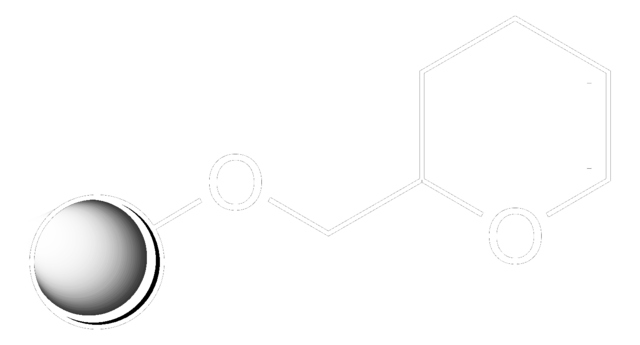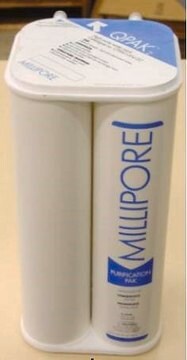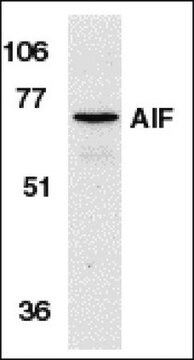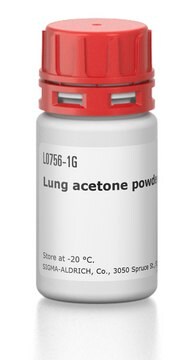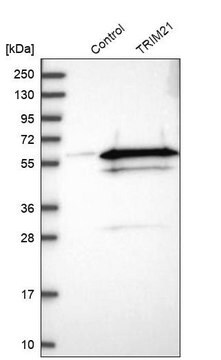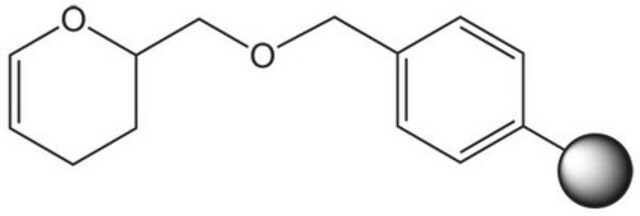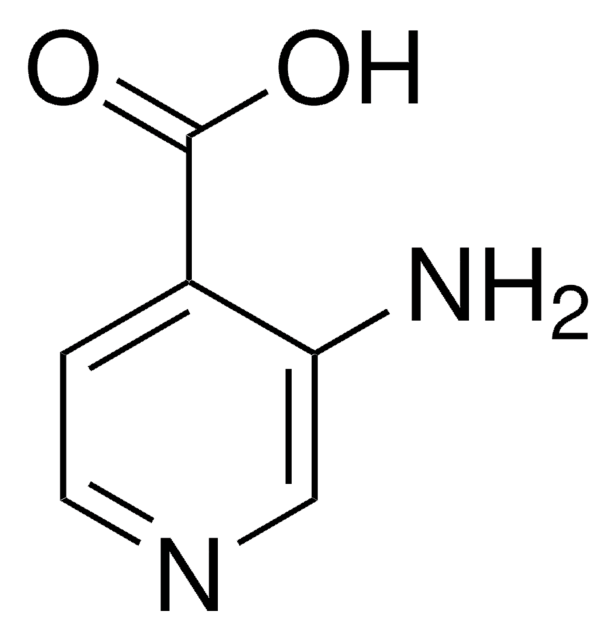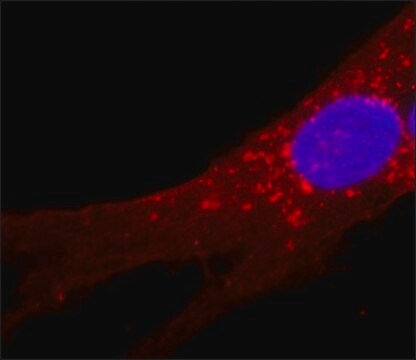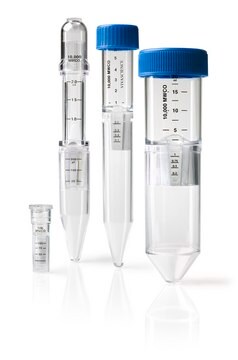General description
Apoptosis is characterized by several morphological nuclear changes including chromatin condensation and nuclear fragmentation. These changes are triggered by the activation of members of the caspase family, caspase activated DNase, and several novel proteins (Zamzami et al., 1999). A novel gene, the product of which causes chromatin condensation and DNA fragmentation, was recently identified, cloned, and designated apoptosis inducing factor (AIF) (Susin et al., 1999). Like the critical molecules, cytochrome c and caspase 9, in apoptosis, AIF localizes in mitochondria. AIF translocates to the nucleus when apoptosis is induced and induces mitochondria to release the apoptogenic proteins, cytochrome c and caspase-9. AIF induces chromatin condensation and DNA fragmentation, which are the hallmarks of apoptosis, of the isolated nucleus and the nucleus in live cells by microinjection. AIF is highly conserved between human and mouse and widely expressed (Susin et al., 1999).
Specificity
Apoptosis is characterized by several morphological nuclear changes including chromatin condensation and nuclear fragmentation. These changes are triggered by the activation of members of the caspase family, caspase activated DNase, and several novel proteins (Zamzami & Kroemer 1999). A novel gene, the product of which causes chromatin condensation and DNA fragmentation, was recently identified, cloned, and designated apoptosis inducing factor (AIF) (Susin et al. 1999). Like the critical molecules, cytochrome c and caspase 9, in apoptosis, AIF localizes in mitochondria. AIF translocates to the nucleus when apoptosis is induced and induces mitochondria to release the apoptogenic proteins, cytochrome c and caspase-9. AIF induces chromatin condensation and DNA fragmentation, which are the hallmarks of apoptosis, of the isolated nucleus and the nucleus in live cells by microinjection. AIF is highly conserved between human and mouse and widely expressed (Susin et al. 1999).
Immunogen
Epitope: internal domain
Rabbit anti-AIF (Internal region) polyclonal antibody was raised against a peptide corresponding to amino acids 517 to 531 of human AIF (Susin et al. 1999). This sequence is identical to those of mouse and rat AIF (Susin et al. 1999).
Application
Anti-AIF Antibody, internal domain is an antibody against AIF for use in IH(P) & WB.
Research Category
Apoptosis & Cancer
Research Sub Category
Apoptosis - Additional
Western blot: 0.25 to 1 μg/mL.
K562 cell lysate can be used as a positive control and a 67 kDa band should be detected.
Immunohistochemistry on formalin fixed, paraffin sections: 5-20 μg/ml, with antigen retrieval; see website protocol for details and photographs.
Optimal working dilutions must be determined by end user.
Physical form
Ammonium sulfate precipitation and DEAE-cellulose chromatography
Format: Purified
Purified IgG in PBS containing 0.02% sodium azide.
Storage and Stability
Maintain for 1 year at 2–8°C from date of shipment. For maximum recovery of product, centrifuge the original vial after thawing and prior to removing the cap.
Analysis Note
Control
Widely expressed
Other Notes
Concentration: Please refer to the Certificate of Analysis for the lot-specific concentration.
Legal Information
CHEMICON is a registered trademark of Merck KGaA, Darmstadt, Germany
Disclaimer
Unless otherwise stated in our catalog or other company documentation accompanying the product(s), our products are intended for research use only and are not to be used for any other purpose, which includes but is not limited to, unauthorized commercial uses, in vitro diagnostic uses, ex vivo or in vivo therapeutic uses or any type of consumption or application to humans or animals.
